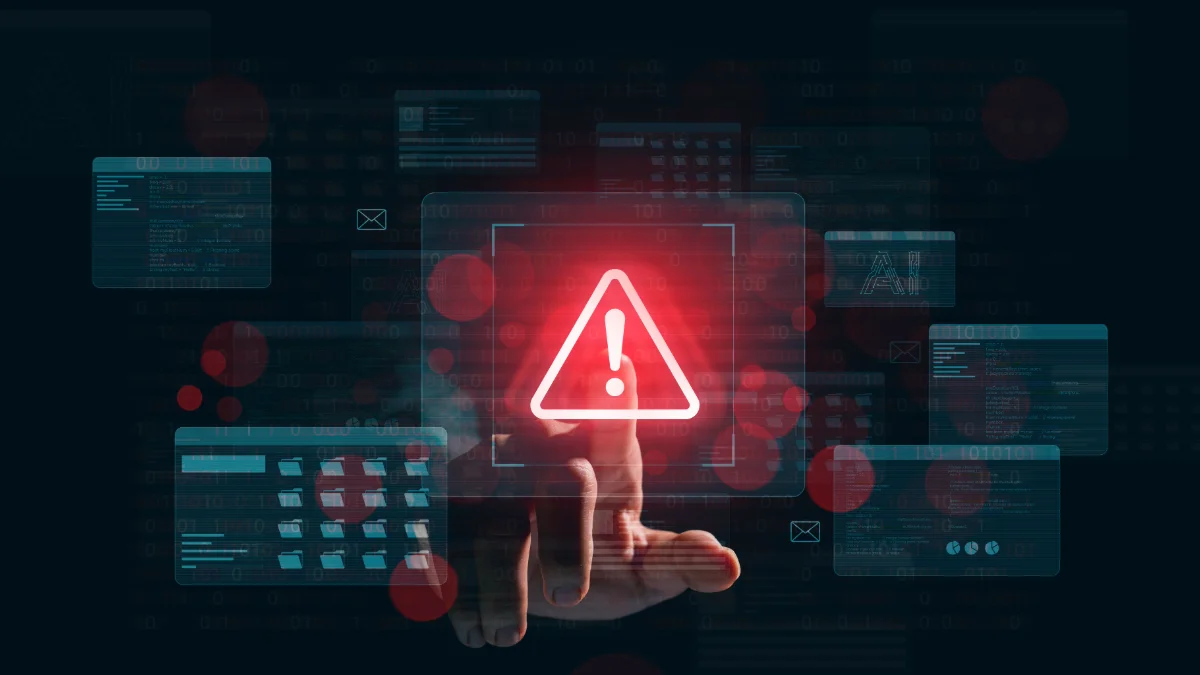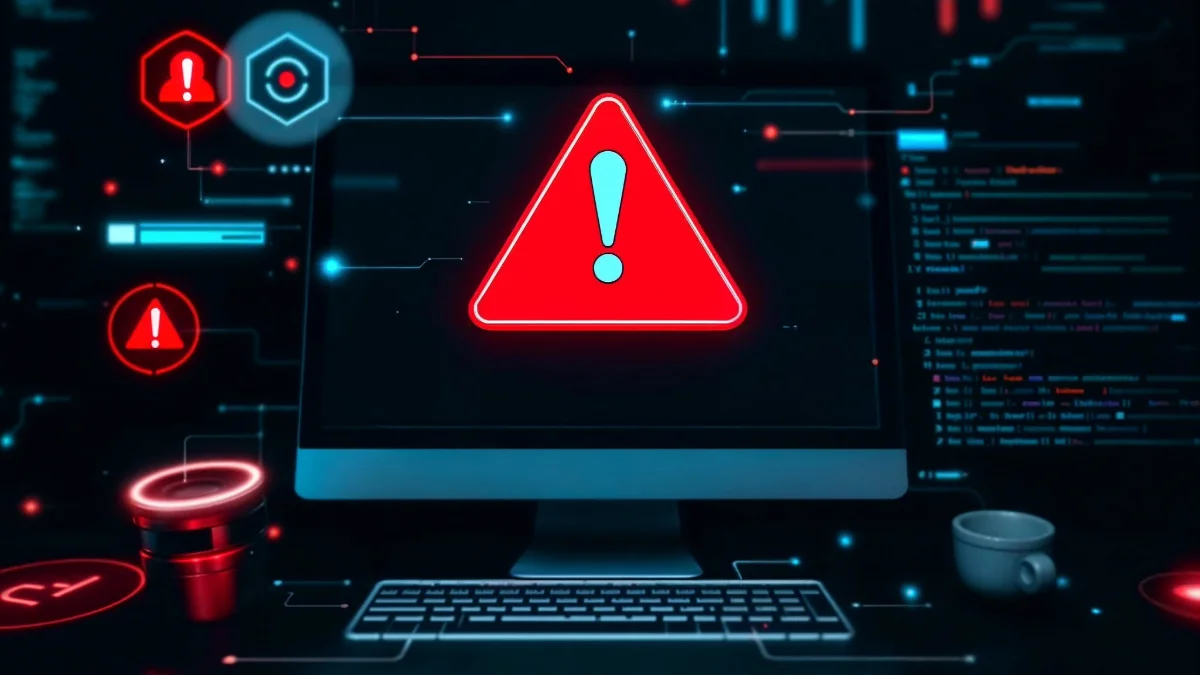1.
What Does “Hacker” Mean? Basic Definition and Concept
In today’s fast-paced digital transformation era, corporate data security has become more critical than ever. Accordingly, the challenges threatening data security remain a top concern for businesses. The concept of a hacker is one of the most frequently discussed topics in this field. In fact, the question “What is a hacker?” has become a subject of interest not only for technology professionals but also for business executives and individual users. Understanding what a hacker is and what they do is the first step toward developing an effective defense strategy in an ever-evolving cyber threat landscape.
To put it simply, a hacker can be defined as an individual capable of gaining unauthorized access to computer systems, networks, or digital infrastructures, identifying system vulnerabilities, and exploiting them for various purposes. However, it’s important to understand that not all hackers are malicious — some work to protect and strengthen systems. The term “hacker” first emerged in the 1950s and 1960s among students and researchers at the Massachusetts Institute of Technology (MIT) to describe individuals who engaged creatively with technical systems. Over time, however, the media’s influence associated the term more closely with cybercrime, giving it a negative connotation. Today, hackers are categorized based on their motivations and the legality of their actions.
2.
What Does a Hacker Do? Common Methods and Operations
When discussing what hackers do, it’s important to look into their daily operational methods. Contrary to popular culture’s portrayal, hacking is a methodical and highly structured process. The hacking process usually begins with reconnaissance and information gathering. At this stage, the hacker conducts extensive research on the target: domain records, IP addresses, employee profiles, and social media presence are examined. Publicly available information is compiled through various techniques to identify potential entry points.
The next stage involves vulnerability scanning. Tools like Nmap and Nessus are used to detect open ports, outdated software, and weak configurations. Then comes the exploit development phase, where hackers leverage the discovered vulnerabilities to infiltrate the system and escalate their privileges.
3.
What Can a Hacker Do?
The answer to the question “What can a hacker do?” is quite broad: they can steal data, deploy ransomware, sabotage systems, conduct DDoS attacks, steal credentials, mine cryptocurrencies, or carry out corporate espionage. They can also use social engineering techniques to launch phishing campaigns or manipulate employees to gain access to sensitive information.
4.
Types of Hackers
Types of hackers are categorized based on their motivations and actions. This classification is often referred to as the “hat color” system. The main categories of hackers are explained below:
What Is a White-Hat Hacker?
A white-hat hacker is an ethical professional who works with the permission of system owners to identify and report vulnerabilities. In other words, the answer to the question “What is an ethical hacker?” points directly to white-hat hackers. These professionals safeguard organizations by finding and fixing vulnerabilities that could be exploited by malicious hackers. White-hat hackers typically work as penetration testers, security consultants, or cybersecurity researchers. Some operate independently through bug bounty programs, where they receive financial rewards for identifying vulnerabilities.
What Is a Black-Hat Hacker?
The term black-hat hacker refers to cybercriminals who infiltrate systems illegally for malicious purposes. Their motivations often include financial gain, revenge, ideology, or simply creating chaos. They can steal personal data, spread ransomware, infiltrate banking systems, and target critical infrastructure. Black-hat hackers often operate within organized crime groups and follow structured hierarchies similar to legitimate enterprises. They sell their services on the dark web and even offer customer support. Kevin Mitnick, once one of the world’s most wanted cybercriminals, later became a well-known white-hat security consultant — a famous example of such a transformation.
What Is a Gray-Hat Hacker?
The concept of a gray-hat hacker represents one of the most debated topics in cybersecurity. Gray-hat hackers fall somewhere between white-hats and black-hats. They access systems without authorization but do not act with malicious intent — instead, they report the vulnerabilities they discover to system owners. Some may request a small fee to fix the issue or simply do it to demonstrate their skills. Although unauthorized access is legally considered a crime, gray-hat hackers often view themselves as contributors to the improvement of cybersecurity.
5.
The Importance of the Hacker Threat from a Corporate Data Security Perspective
The hacker threat is not only a technological risk for organizations but also a critical issue in terms of finance, law, and reputation. Studies indicate that globally, a cyberattack or breach attempt may occur every 39 seconds. From a corporate data security perspective, hackers primarily target three core assets: data, infrastructure, and reputation. Data theft leads to the exposure of customer information, trade secrets, and intellectual property. For instance, the Yahoo data breach affected 3 billion users and significantly decreased the company’s market value.
Infrastructure sabotage threatens business continuity. In the 2012 Saudi Aramco attack, the hard drives of 30,000 computers were wiped, disrupting operations for weeks. Meanwhile, ransomware attacks encrypt critical corporate data, rendering systems unusable. Reputational damage is a long-term consequence that’s difficult to recover from. The Sony PlayStation Network breach serves as a major example — the attack affected 77 million users and severely eroded consumer trust.
6.
How Can Organizations Protect Themselves Against Hacker Attacks?
Protecting against hacker threats requires a multi-layered and holistic approach. Beyond technology, human factors and process management play a critical role. Among the key technical measures against hacker attacks are robust firewalls, intrusion detection systems, and network segmentation. Regular vulnerability scans should be conducted, and systems must be kept up to date. Data protection strategies should include encryption, backup, and data loss prevention solutions. Sensitive data should be encrypted both at rest and in transit. In addition, regular backup systems and disaster recovery plans must be established. GlassHouse’s Cyber Recovery Service ensures that enterprise data is securely backed up and protected. To keep your data safe against all forms of cyberattacks, including hacker intrusions, you can contact us today.
Human error remains the weakest link in cybersecurity. To address this, organizations should provide periodic security awareness training, run phishing simulations, and promote secure behavior practices. Strong password policies must be enforced, and multi-factor authentication should be made mandatory. If you are curious about what else can be done to strengthen data security in your organization, you can also read our article: Best Practices for Protecting Data Privacy in Businesses.



















